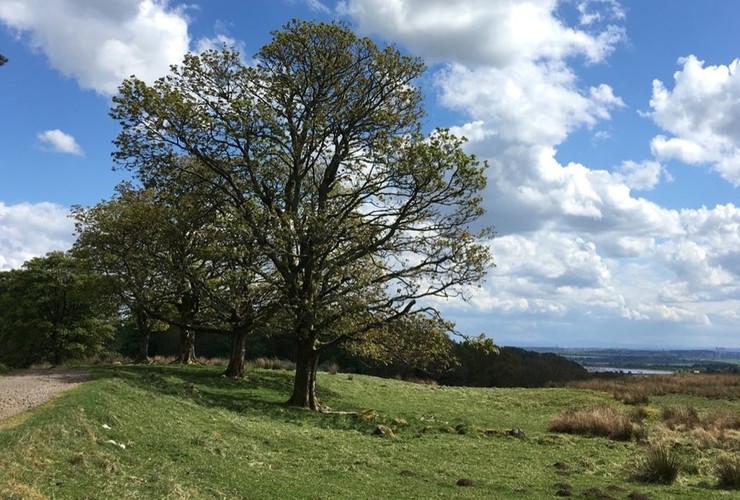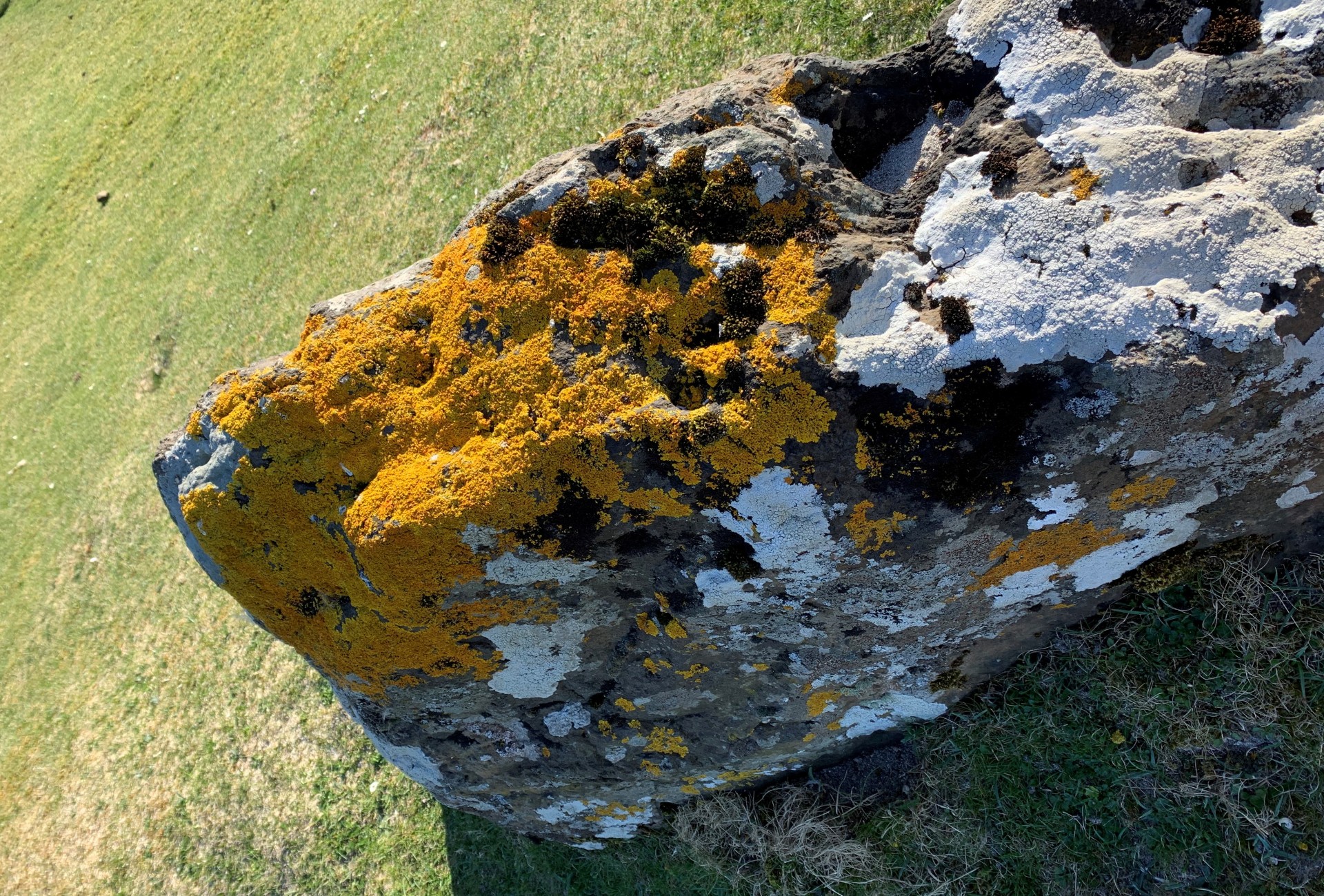Field Notes: Direction of travel
Engagement officer and keen hill runner Ross Brannigan shares some of nature's navigation clues

As a hill runner and walker, it is not unusual to find myself with my nose buried in a map, fiddling with a compass and looking about - wondering which bit of featureless and largely obscured ground looks most appealing.
I love maps, and I love navigating with them, but I have known for a long time that nature has its own ways of revealing one's direction of travel. I am always fascinated by those solitary trees on the hillside, hunched over by the weight of years of gales, or looking up in the night sky to find Polaris.
Setting my map and compass aside, I set out in search of ways to navigate by nature. I have split them up into easy, medium and expert level signs, so you can work your way to becoming a master of natural navigation.
Easy
- The North Star
It can be tricky for those of us in cities or cloud-frequented areas to get a clear enough sky to gaze at the stars. However, finding the North Star (Polaris) is quite straightforward, if you know what you are looking for. Look out for 'The Plough' or the ‘Big Dipper' that forms part of Ursa Major.
Go to the far edge of the bucket (the right-hand side) and draw a line upwards. You will come across a bright star on this line - this is Polaris. You are now facing north.
- The lean of the tree
Although the lack of woodland in many of our upland areas is to be lamented, those that do cling on do provide us with some clues as to our direction.
Living in the UK, our winds tend to come from a westerly to south-westerly direction. This means those trees left exposed to the wind often bend towards the east or north-east.
- Snow patches
As winter leans back in its armchair and picks up a good book to wile away the rest of the year, snow patches can give us an easy indicator of direction.
The most enduring snow patches lie in the north-east flanks of the hills. Some, like the Sphinx on Braeriach, can last all-year-round.
Medium
- I lichen it
Lichen is an alga which thrives in areas with clean air. It also enjoys slightly damp parts of the tree, meaning it tends to be thicker on the north to north-west areas of the trunk as these receive less sunlight throughout the day.
- Urban algae
For those of us living in a city, it is easy to feel a little detached from nature. However, clues remain as to which way you are looking.
Algae, as we already know from lichen, enjoy the damper sides of objects, including buildings. Look for a slightly grubby stone building and the sun-soaked east, south and south-west sides will often be clear of the dark algae which enjoy the shaded north and westerly edges.
- Your natural compass needle
Nothing in nature is symmetrical. Look at a tree (usually a lone one) and take a walk around it. You will see it bends one way due to the wind, and its branches grow at different angles.
Northern branches tend to point more vertically, whereas southern branches reach out horizontally towards the sunlight.
Expert
- Leaf it to the expert
Trees really do hold so many clues to navigate from. We now know they lean away from the prevailing wind and their branches angle differently. Now get close to the tree and notice how its southern leaves tend to be bigger and thicker, thanks to their soaking up more sunlight.
- Not all lichens are equal
Although a number of lichens prefer the cooler, damper sides of rocks and trees, some – like the Xanthoria – love sunlight.
Xanthoria are easy to spot with their bright yellow and orange colours. The more orange the lichen, the more sunlight it is exposed to, making it happy on south-facing trees and rocks.
- Don’t step on the bright green stuff
As a hill runner, one of my best friends when running cross country is the humble sphagnum moss. This does not necessarily show you which direction you’re going; rather, which direction not to go!
Sphagnum covers marshy, peaty, boggy areas, and the unwary traveller may find themselves waist-deep in a cold bog if they don’t circumnavigate it. It can be tricky to tell the difference between some springy grass and soggy sphagnum when travelling across a foggy moor.
They key thing to learn these signs is to read your local landscape. Each area may see variations on these signs, so it is important to learn how the mosses, lichens and trees behave near you to give you a true natural navigation experience. Of course, always go to wild places equipped with a map, compass and the knowledge to use them.
Activities
- For the wee ones
Make your own sun compass by placing a stick in the ground at midday. As the sun moves across the sky, the shadow of the stick will move, slowly settling on the east side of the stick as the sun sets in the west. You can then note down the four points on the ground and have your own natural compass.
- For the bigger ones
Do an orienteering challenge with your family, or organise a socially-distanced one with your friends to see who can reach the checkpoints set by the other person quickest.
Create a set of checkpoints to navigate to in your local green space, using the clues we have found above. For instance:
Checkpoint 1 – Head west on street to first junction
Checkpoint 2 – Using birch tree, head south for 200m
Checkpoint 3 – Bench 100m north of lichen-covered rock


